
Beds Will Not Treat Patients, But Doctors & Nurses Will
- By Subhankar Saha --
- june 23, 2020
Doctors, Nurses, National Health Profile, MBBS Students & Interns, Telemedicine
Since 1st June (beginning of Unlock 1.0), India saw a more than 50% rise in COVID-19 cases. According to the experts of the medical fraternity, this number does not seem to lessen anytime soon which implies we might see a peak in July/August considering the current growth rate 1. The revised discharged policy issued by MoHFW states that the turnaround time for availability of beds has notably decreased - 33% for patients in ICU & 28% for patients with mild & pre-symptomatic cases2. Also according to the current estimates, only 6-7% of total cases need hospital support2 which signifies ramping up the bed capacity is not the bigger challenge. Boosting up staff capacity to provide care for all those extra beds is. The addition of doctors, nurses, grassroots health workers, etc. is the actual need of the hour. At the end of this pandemic, a country is known by the death toll & not by how many ICU beds and ventilators have been organized.
According to the National Health Profile (NHP) 20193, the total number of doctors under the MCI act & nurses (Registered Nurses & Registered Mid Wives + Auxiliary Nurse Midwife) are 9,23,749 & 23,27,925 respectively (assuming 80% of them are operative). Taken into consideration the current population of India, the doctor to patient ratio is 1:1493 & nurse to patient ratio is 3:1777 (WHO recommends doctor to population ratio to be 1:1000 whereas nurses to population ratio to be 3:1000), implying a shortage of 4,55,478 doctors & 18,09,757 nurses approximately. With enormous paucity in healthcare professionals, it is becoming a strenuous job to control the disease across countrywide. Additionally, an increase in infection due to COVID-19 among doctors (for example, at least 500 doctors were infected in Maharashtra up to 4th June4, 79 government doctors tested positive for COVID-19 in Hyderabad since last 3 weeks5) is also posing threat to the entire society.
Healthcare workers cannot be produced overnight, but slight adjustment in policy might save immense number of lives in upcoming days. The total number of Post Graduate Diploma or MD seats in India is 34,2703. Assuming a 100% occupancy rate, these pundit doctors as well as 76828 number of MBBS interns6,can possibly be utilized as ICU experts and anesthetists in 19,718 public hospitals across the top 15 worst affected states/UT of the country7. On average a team of 5-6 medical professionals (one or two specialized doctors + four or five interns) could be additionally employed in these government hospitals to assist the existing doctors. Though there is a dearth in the number of nurses, still 1,08,149 number of trained health professionals under Pradhan Mantri Kaushal Vikash Yojana6 & 56,469 number of Lady health visitor (LHV)3 could be deployed across the nation to lessen the load on existing nurses.
Several non-COVID patients have succumbed to death as a result of restricted access to healthcare during the nationwide lockdown. Focusing largely on the threat from coronavirus by abandoning other sufferers is another incidental cause of these deaths. Hence full-fledged use of telemedicine is extremely essential for the well-being of the community, amid this scenario. The desperate need for virtual connectivity which is not a substitute but a compliment of what we do through physical contact needs to be materialized quickly. Total number of dental surgeons under the DCI act & number of MBBS Final year students are 2,03,426 (assuming 80% are operative)3 & 76,8286 respectively. A group of 6-7 frontline staff (five or six dentist + one or two final year students) can be employed in 43,487 private hospitals across the country for dedicated treatment of non-COVID patients through online consultation7. The committed task of this group will be preliminary treatment, routine health checkups, interpretation of ECG report, etc. This will not only reduce the burden on the private hospitals, but also better documentation & data collection can be observed without sacrificing the safety of health workers & patients.
Like West Bengal8 & Karnataka9, other states should also hike the remuneration of postgraduate trainees, post-doctoral trainees & interns of state-run hospitals. "This is a token of recognition and appreciation of the selfless work done by the doctors", uttered by Minister-of-State, Health & Family Welfare Department, Government of WB. The soldiers of this war have done a commendable job till now, but they are exhausted, fatigued and drained. If the young & fresh forefront workers are not immediately introduced in the system, there is a possibility of hiring intensive care specialists or other doctors from foreign countries in the future, as Italy did. Pandemic will eventually go but our future generation will judge us based on the tough resolution we took, and smart progress we made.
Data sources:


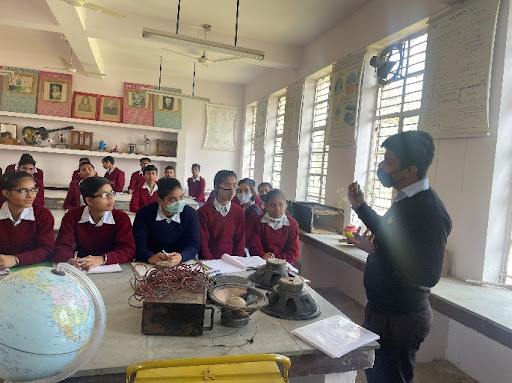
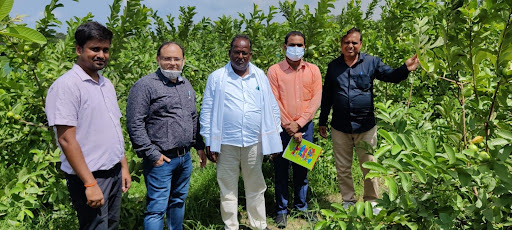

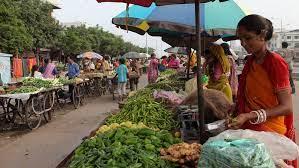
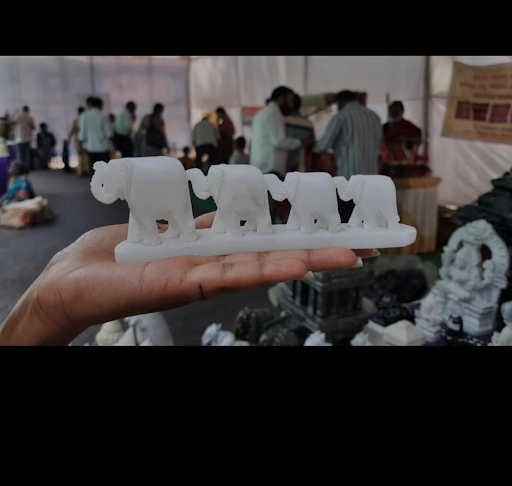
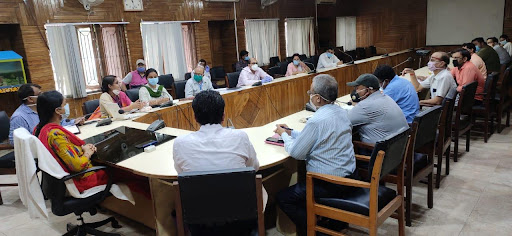

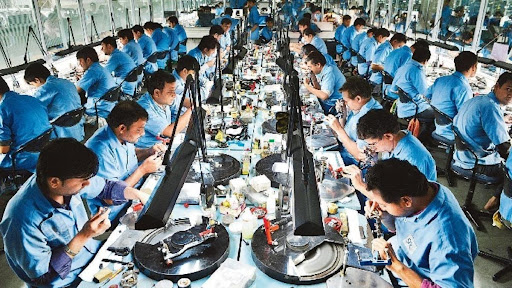

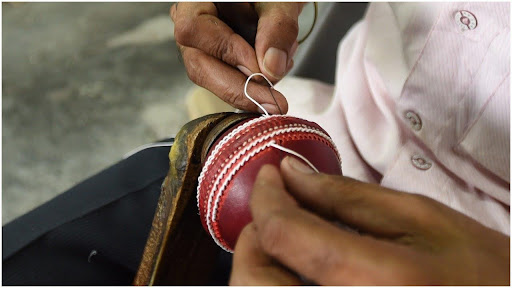


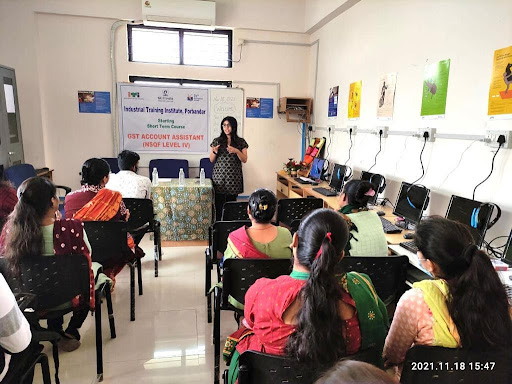
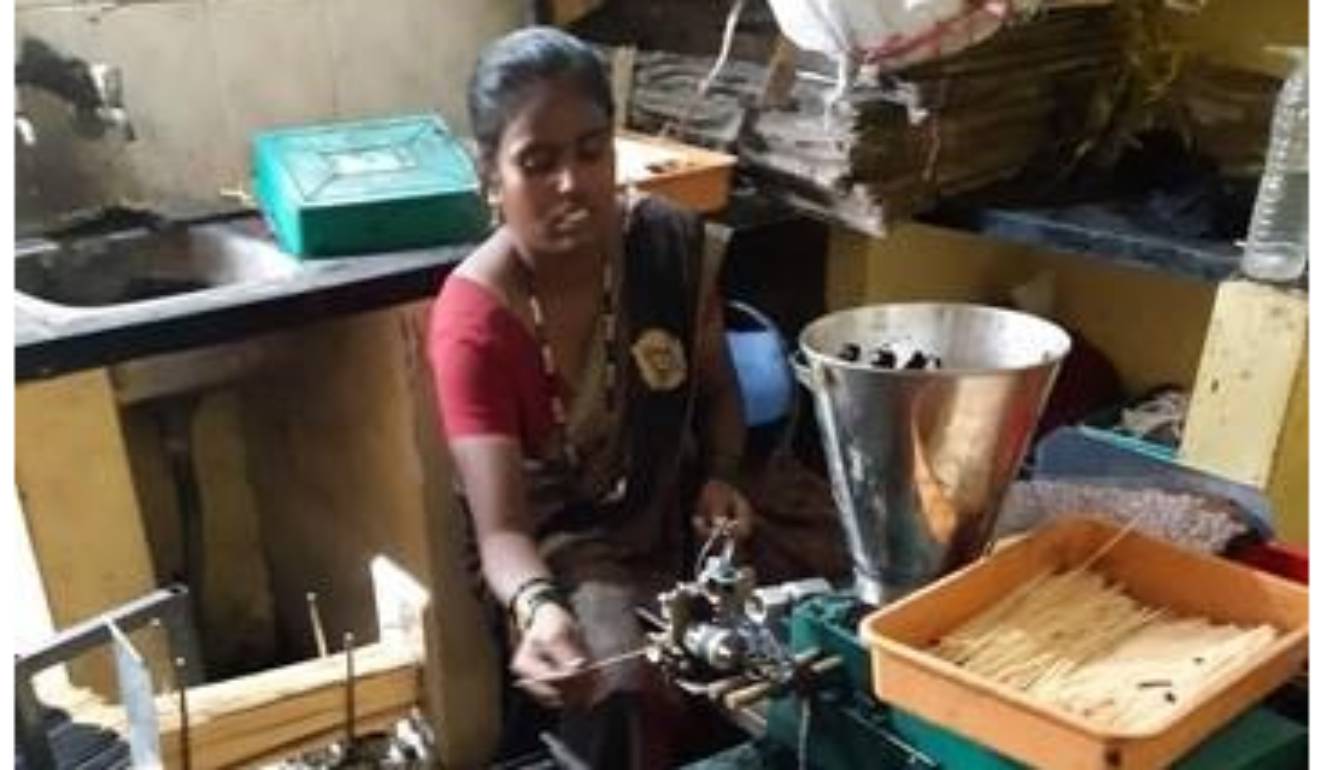
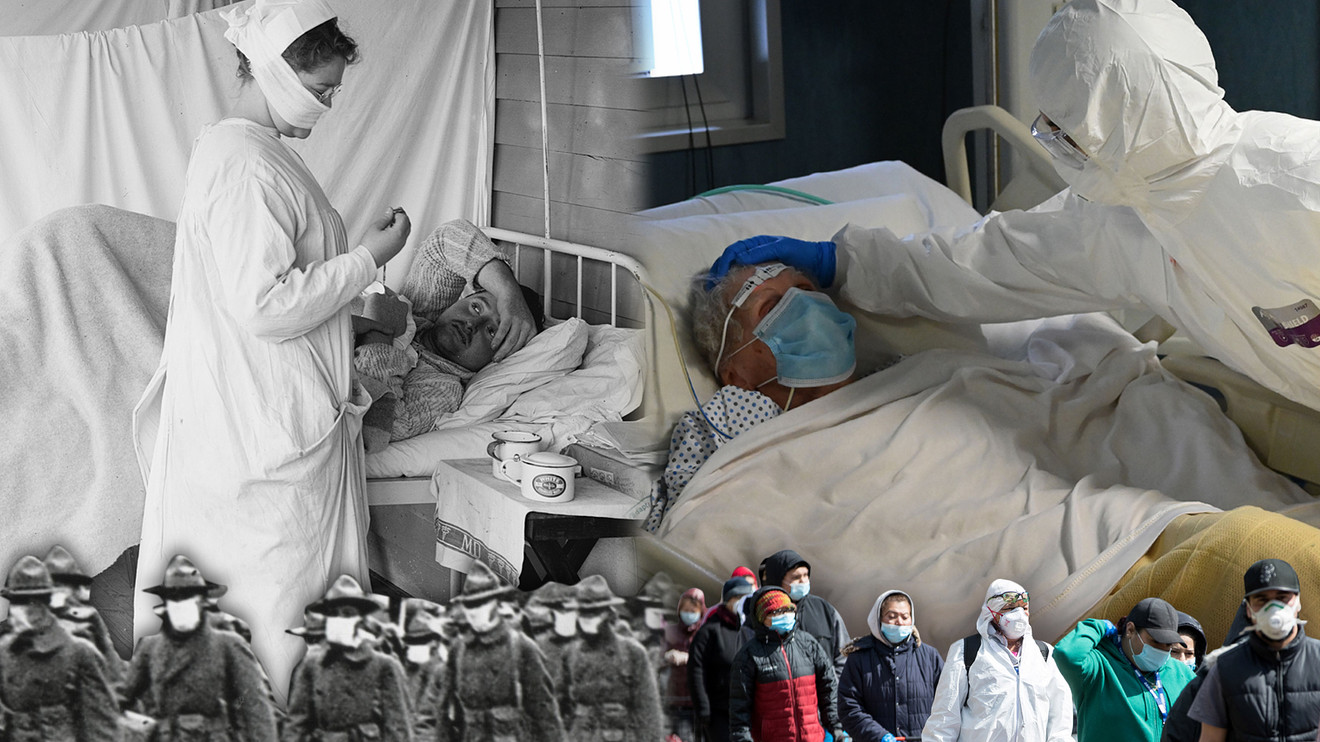
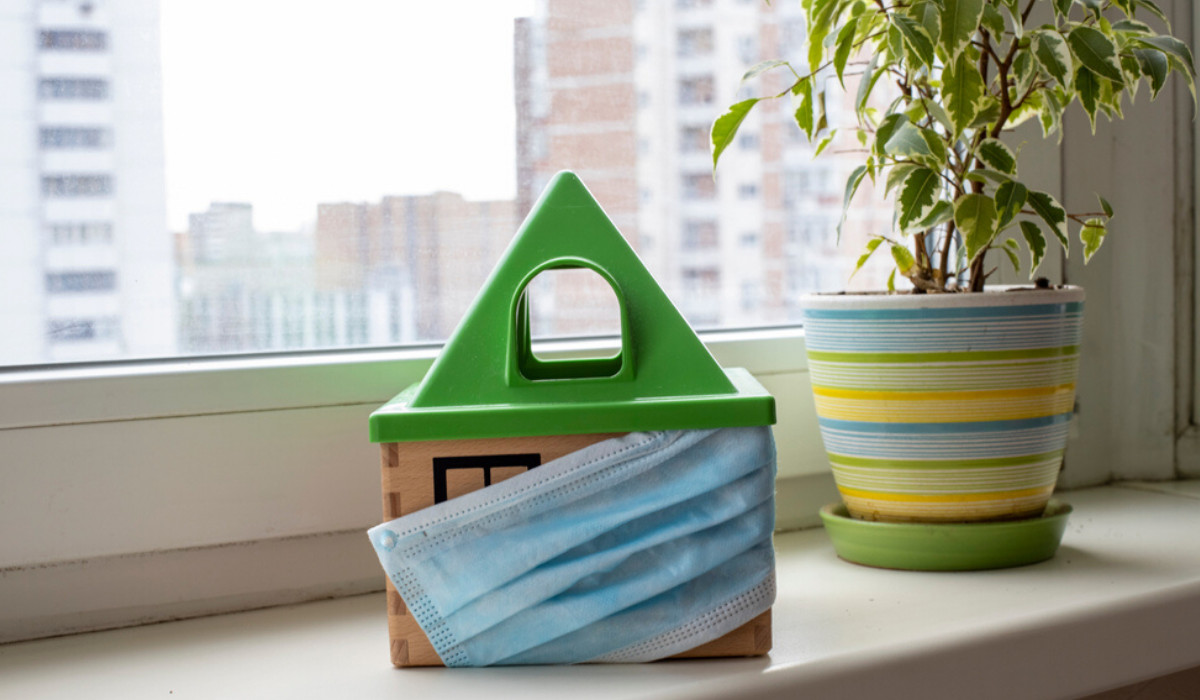

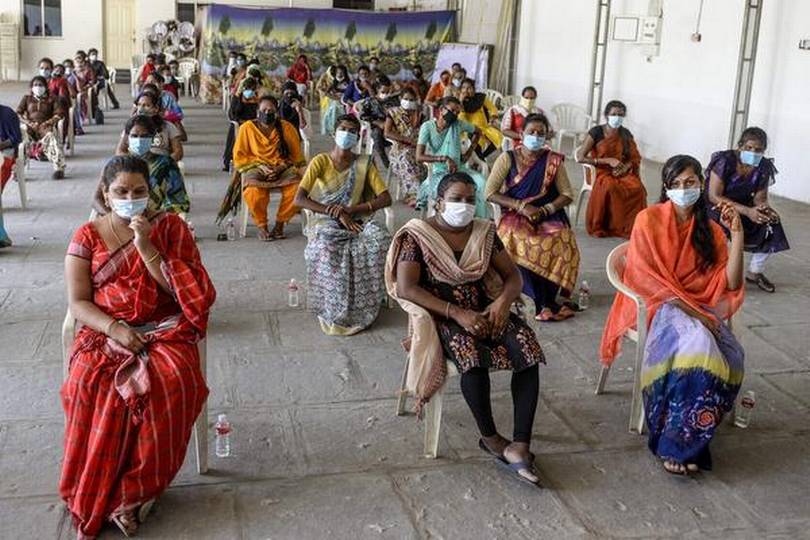
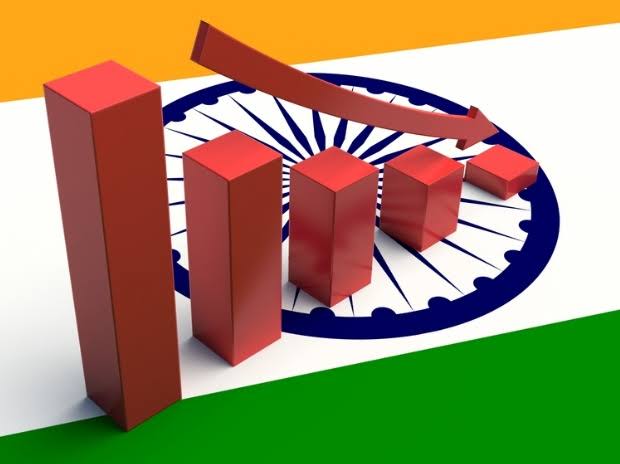





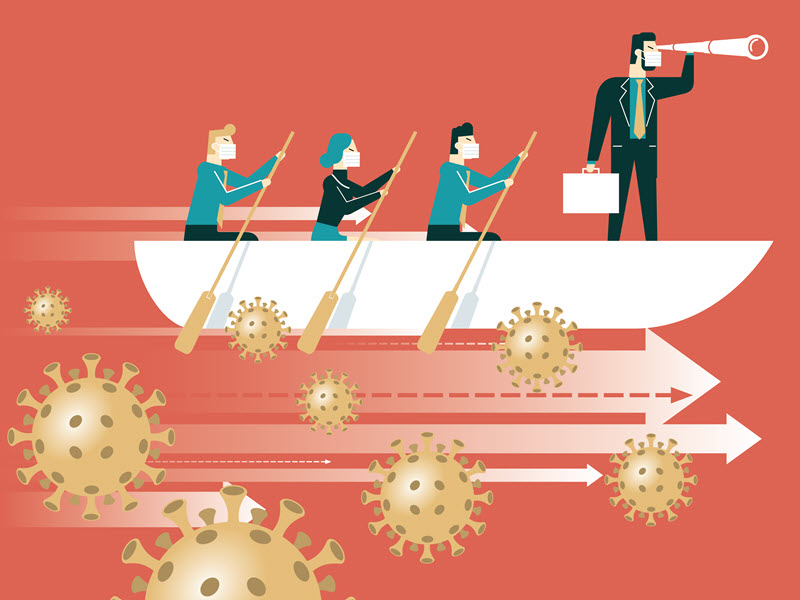
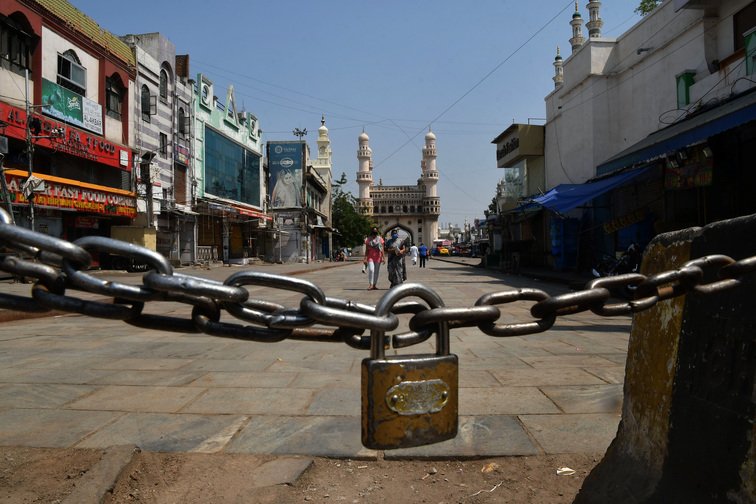
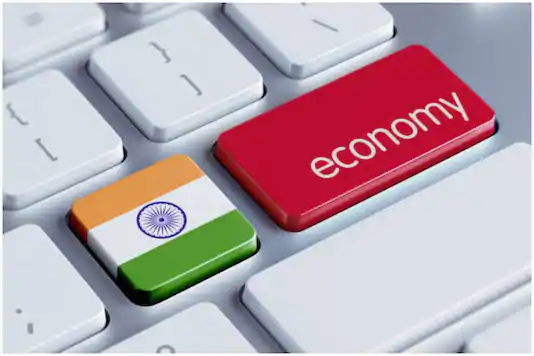


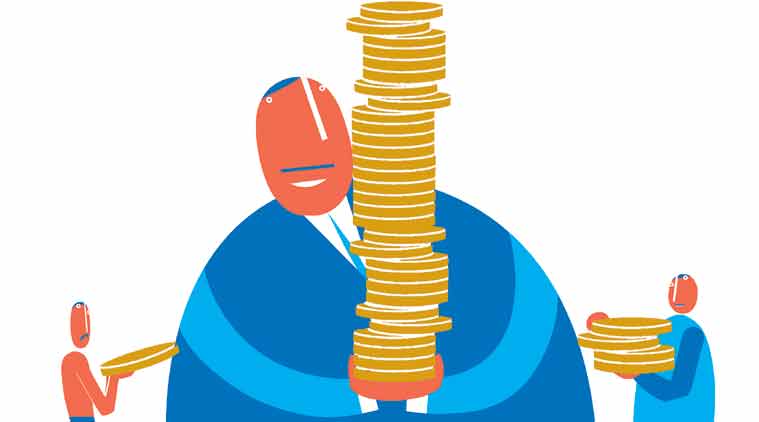
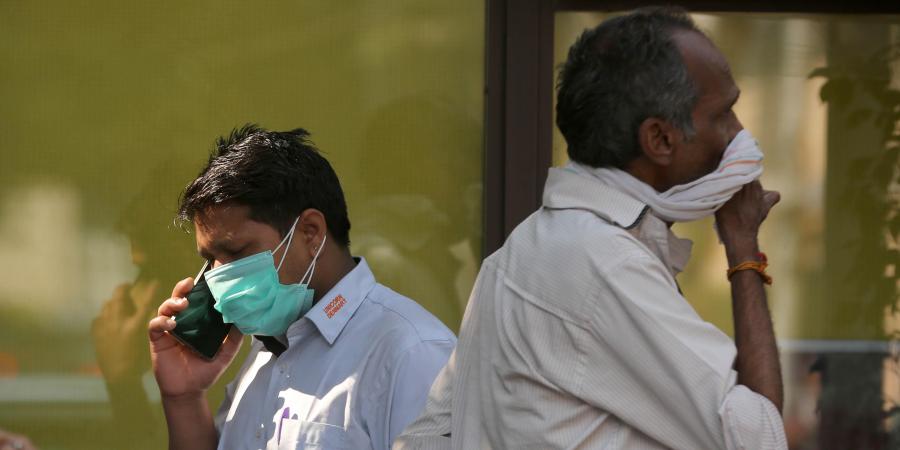
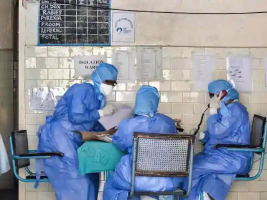
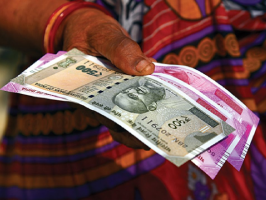
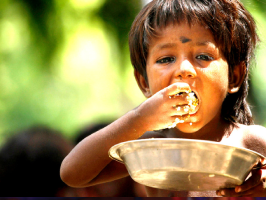
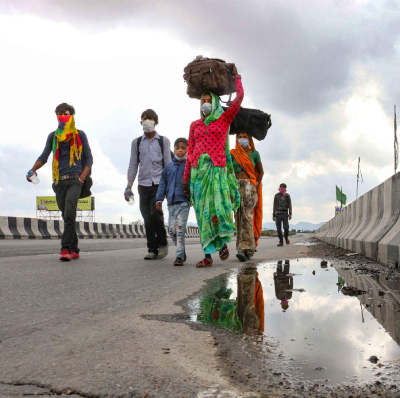

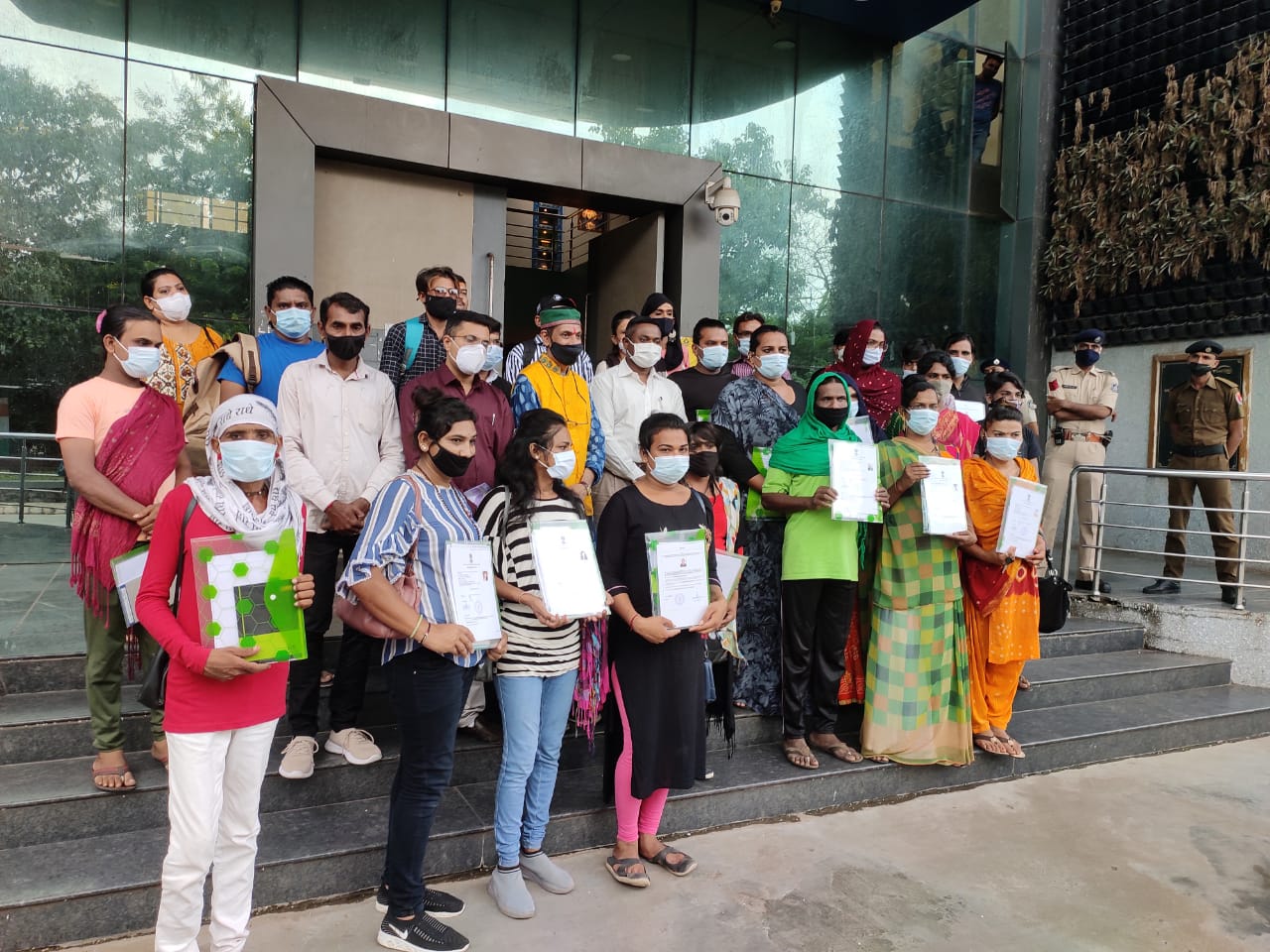
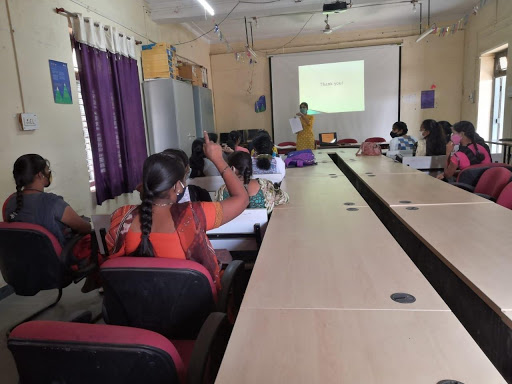



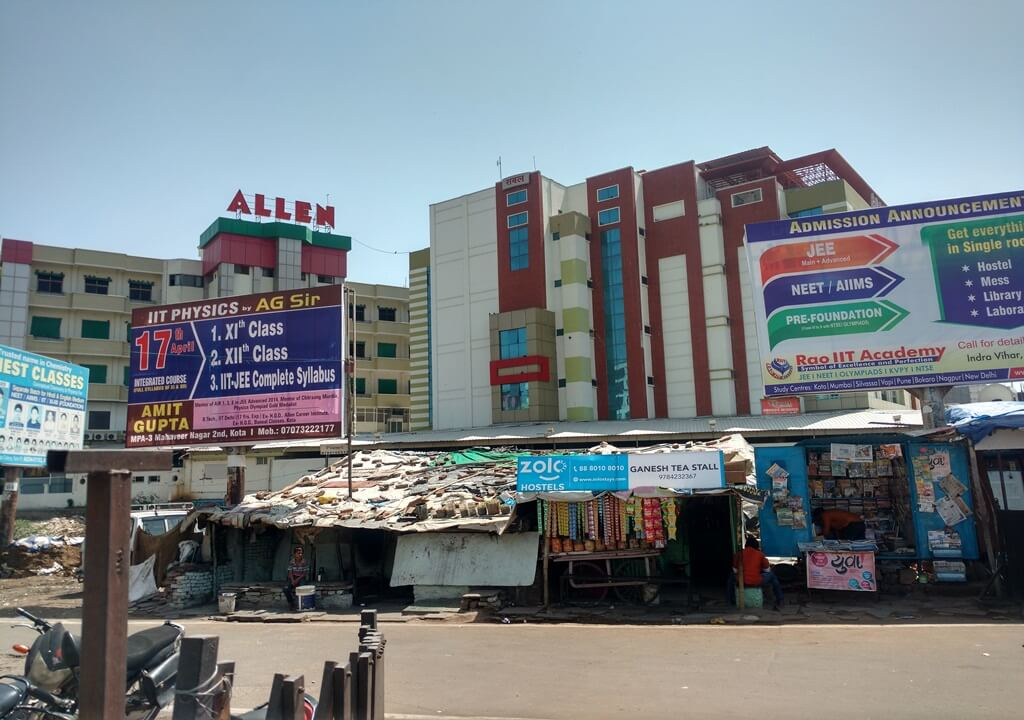
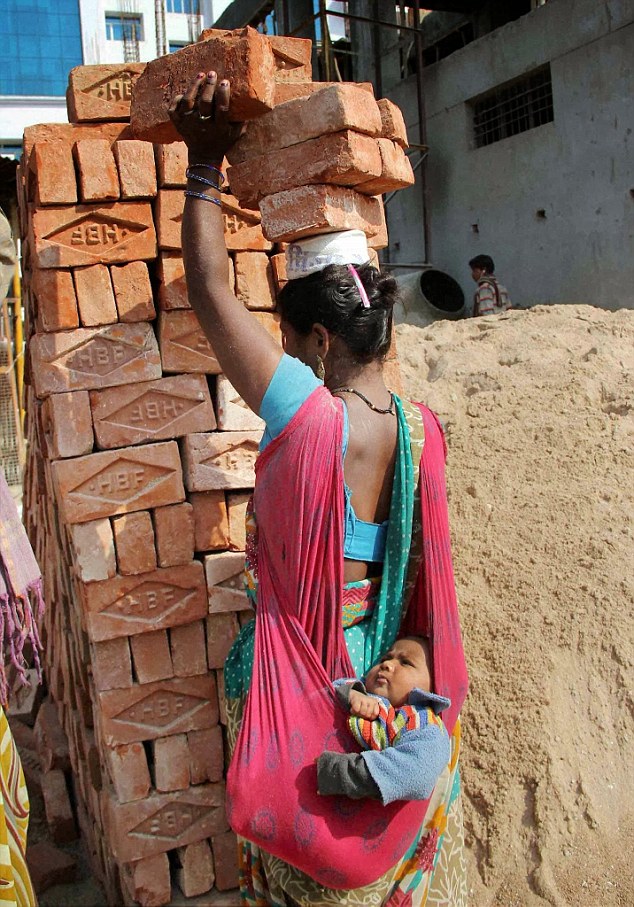


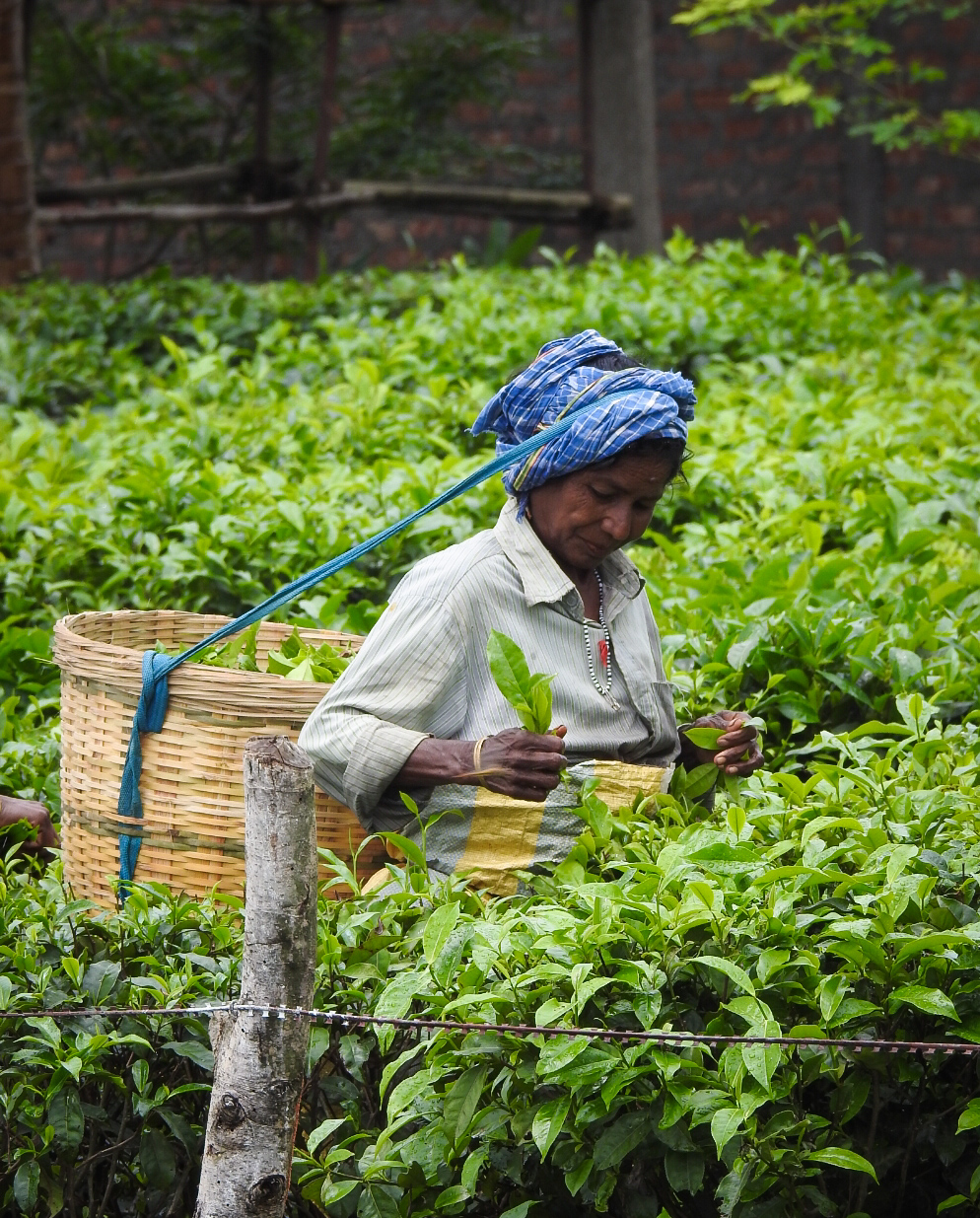
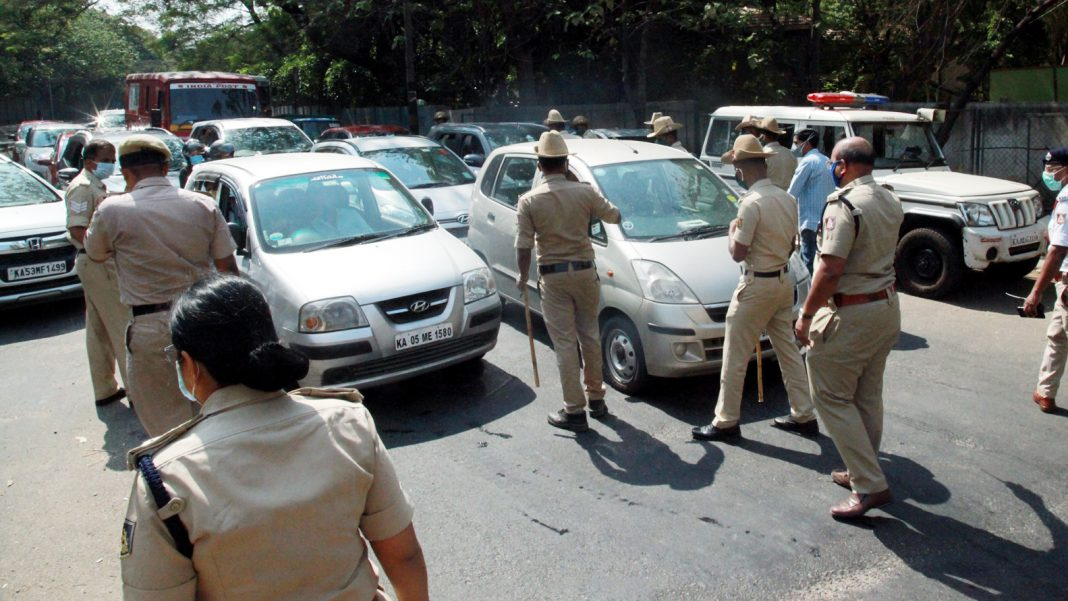


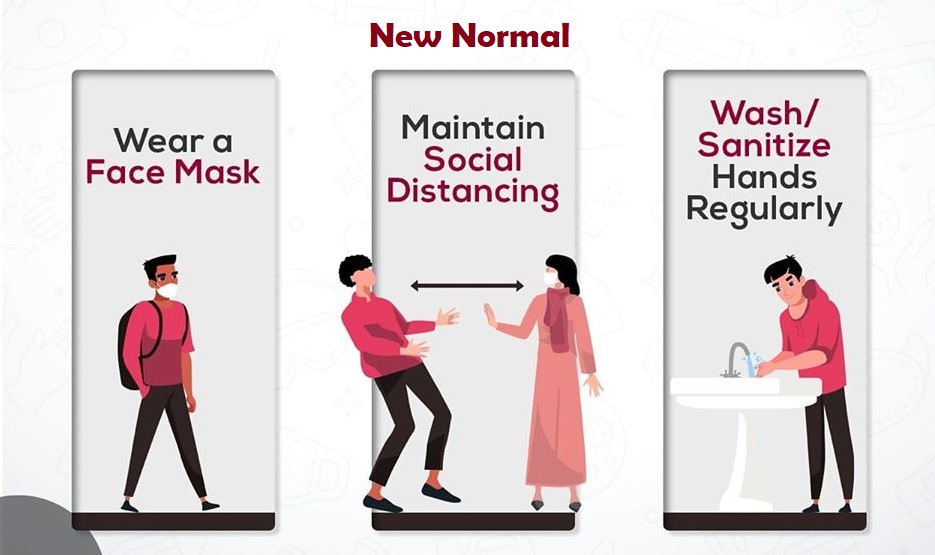
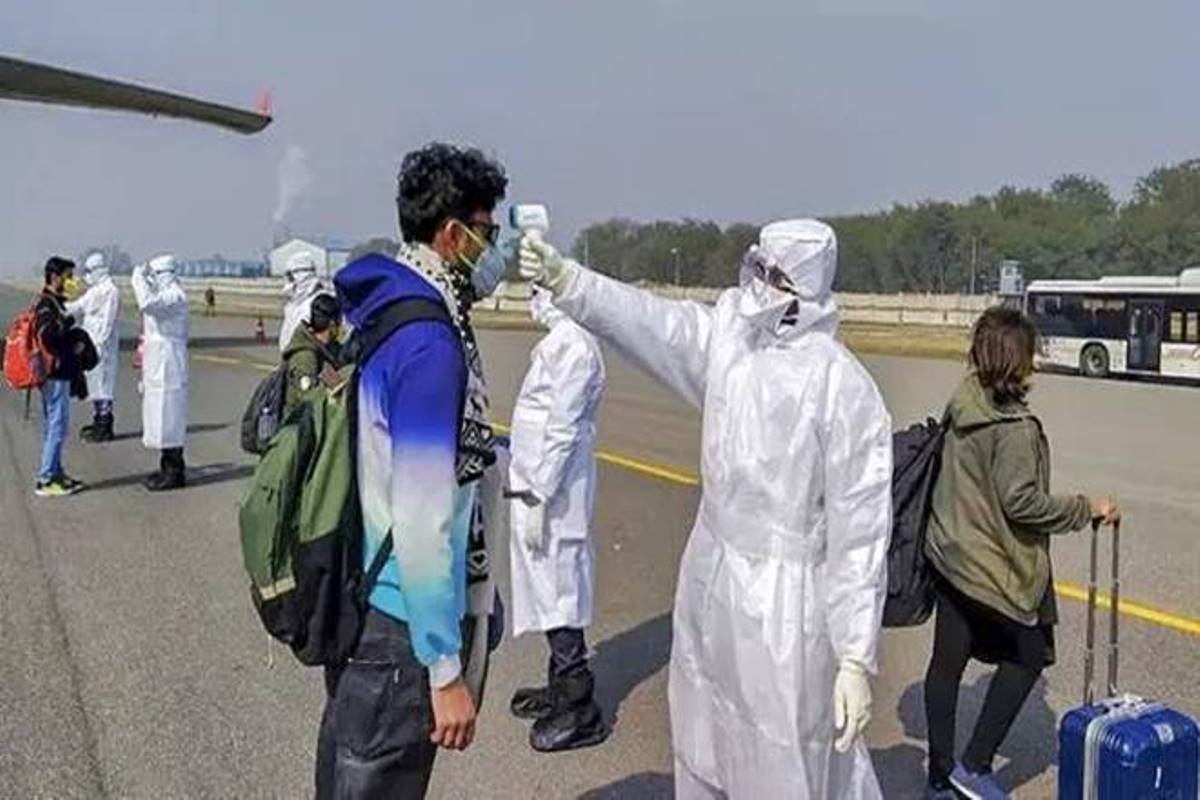


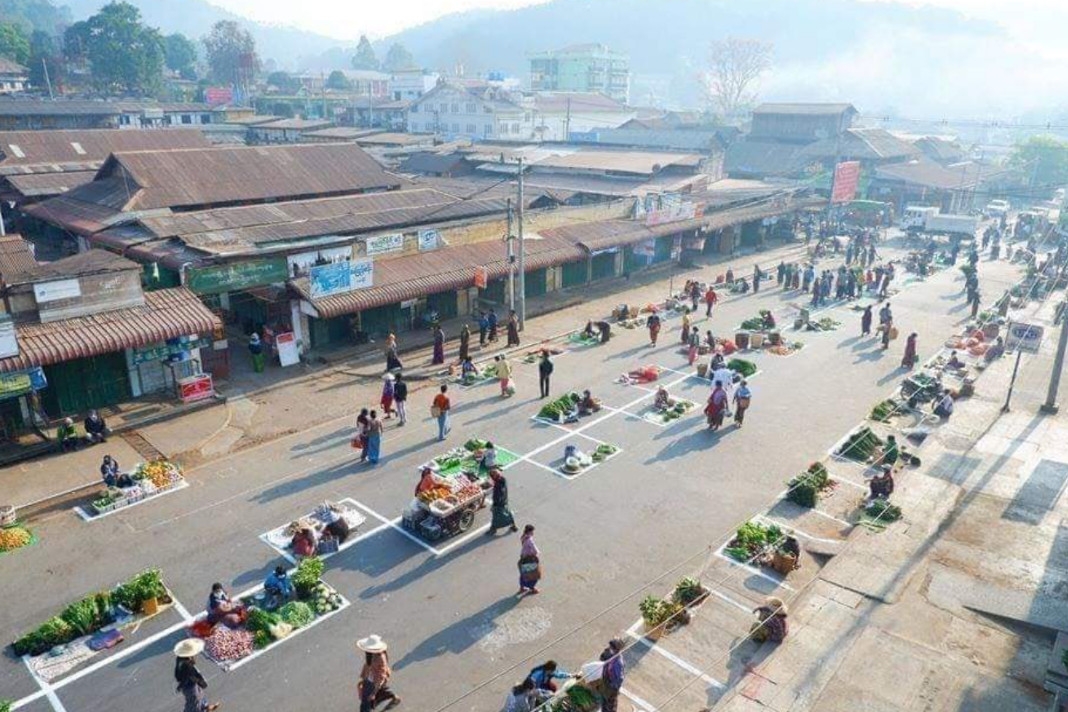
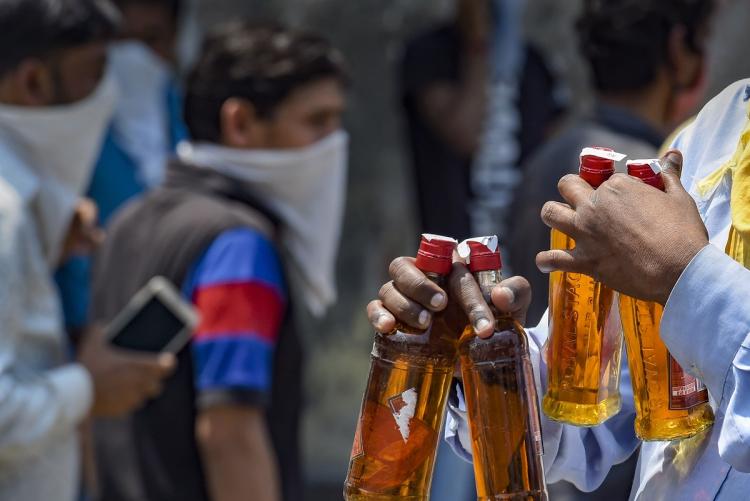
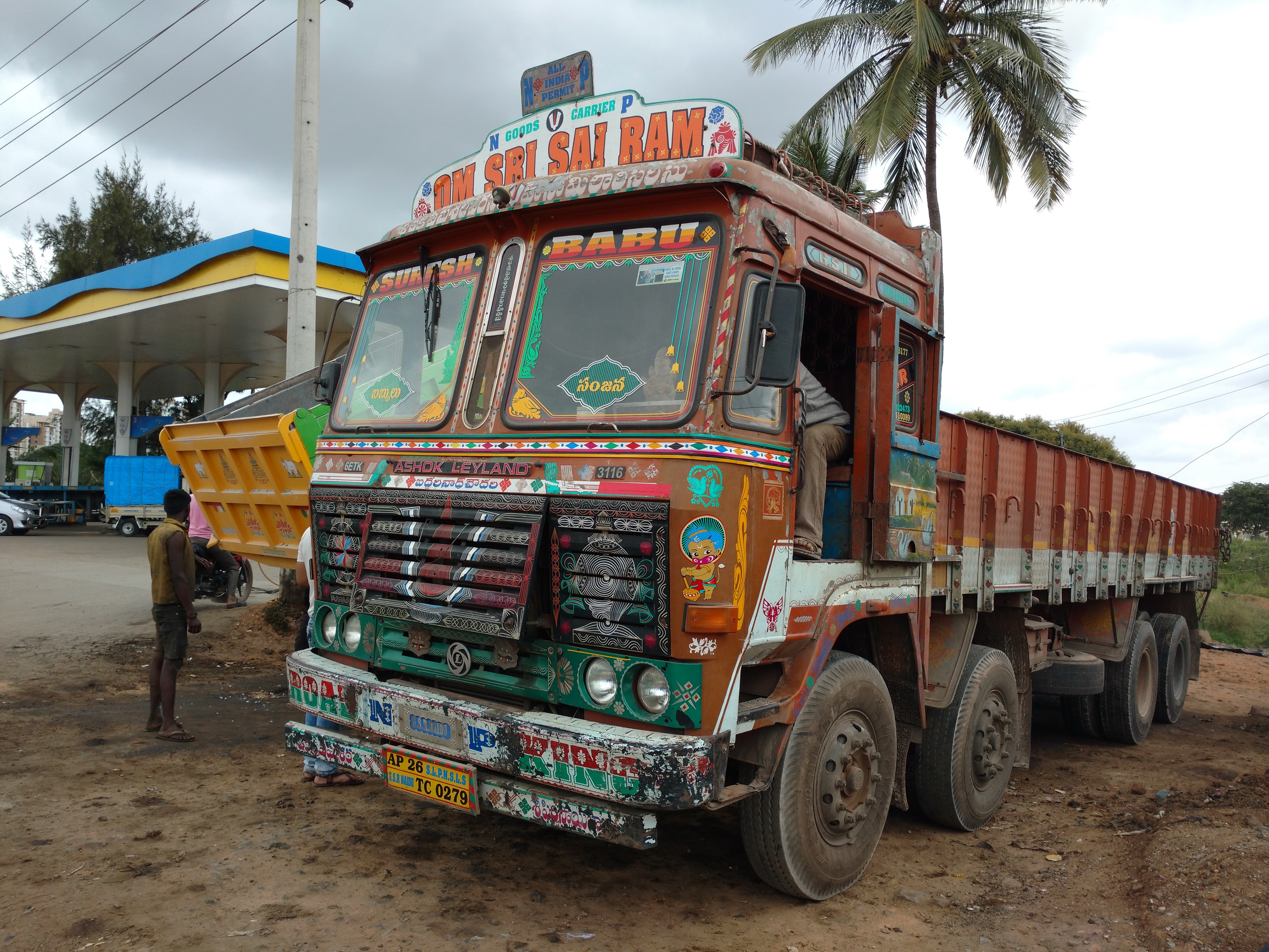

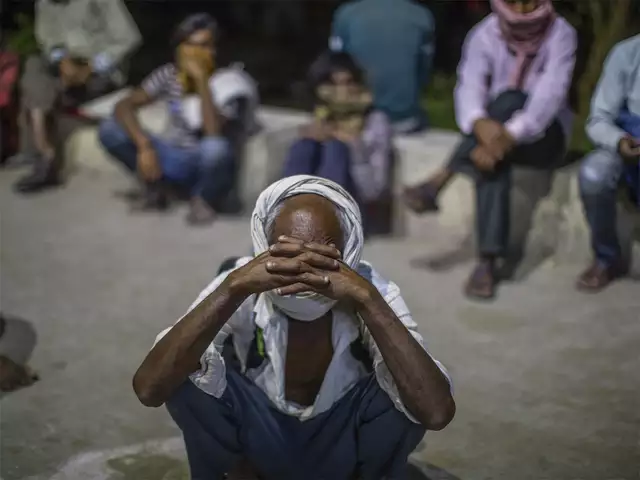
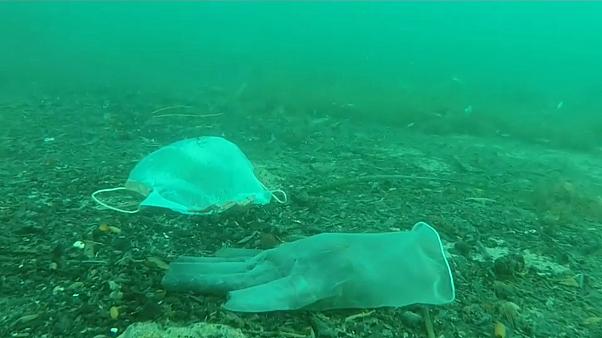
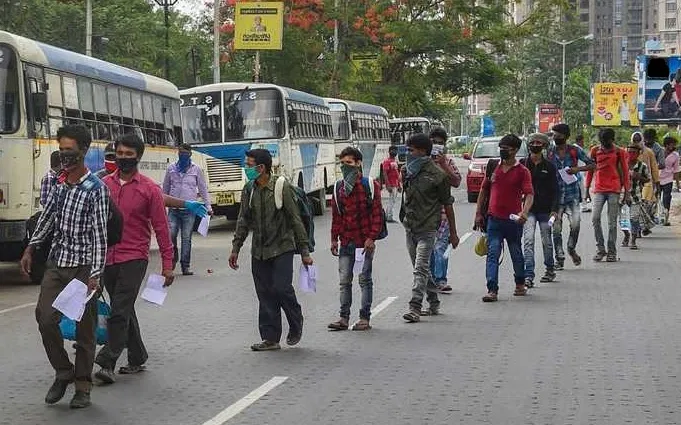

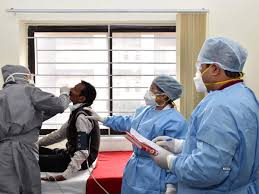

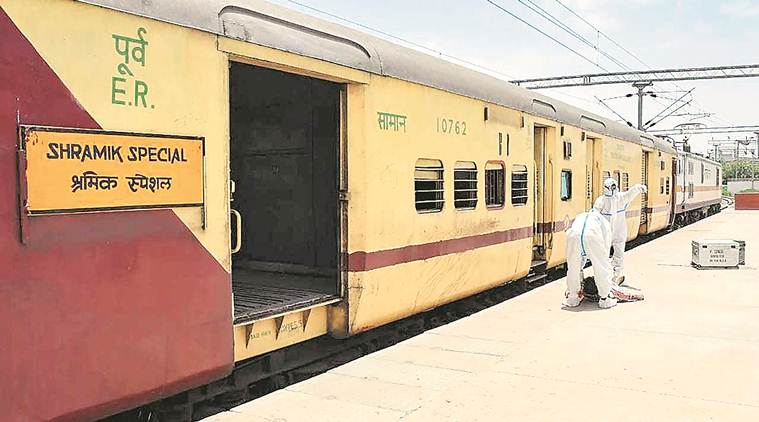

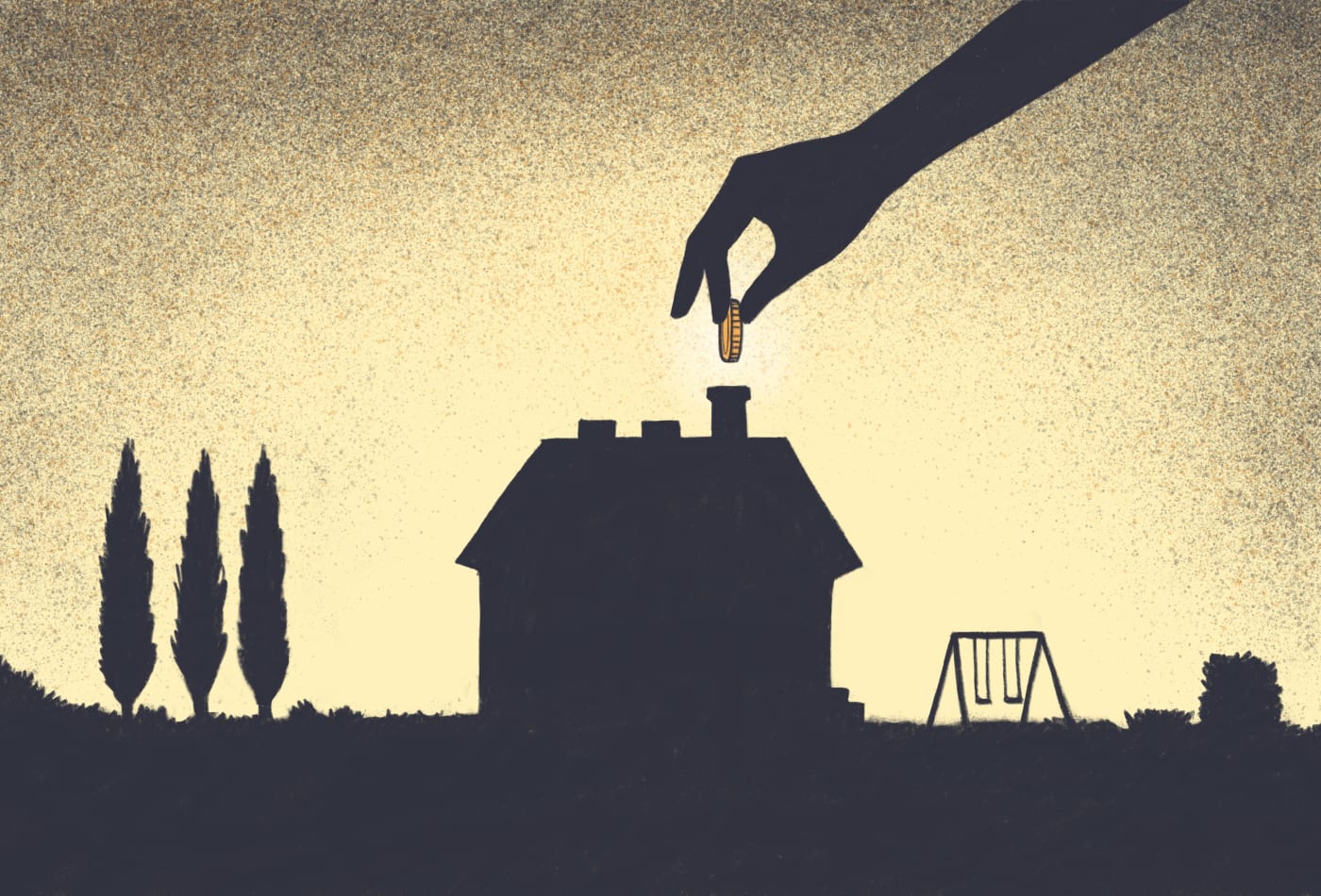


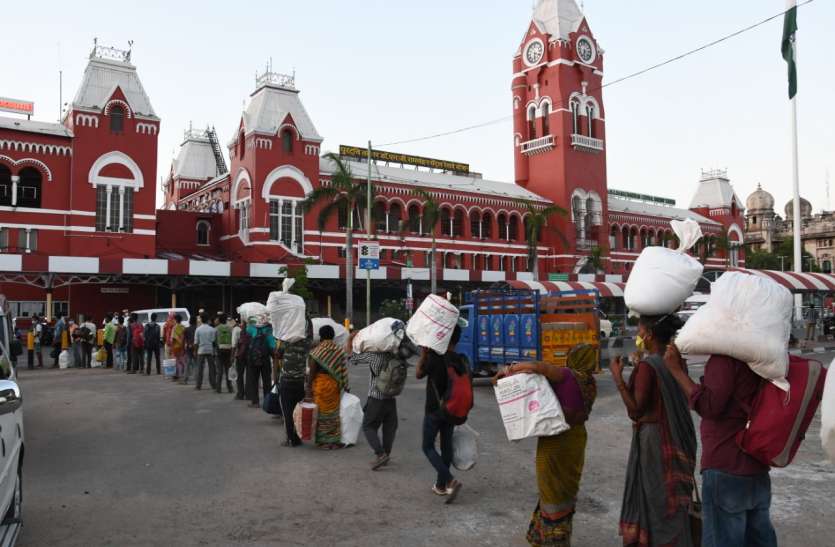
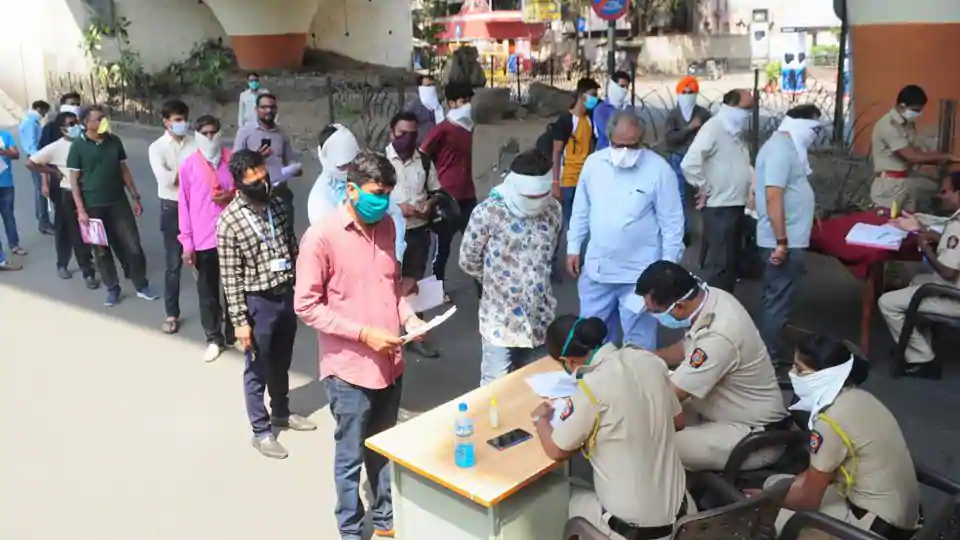
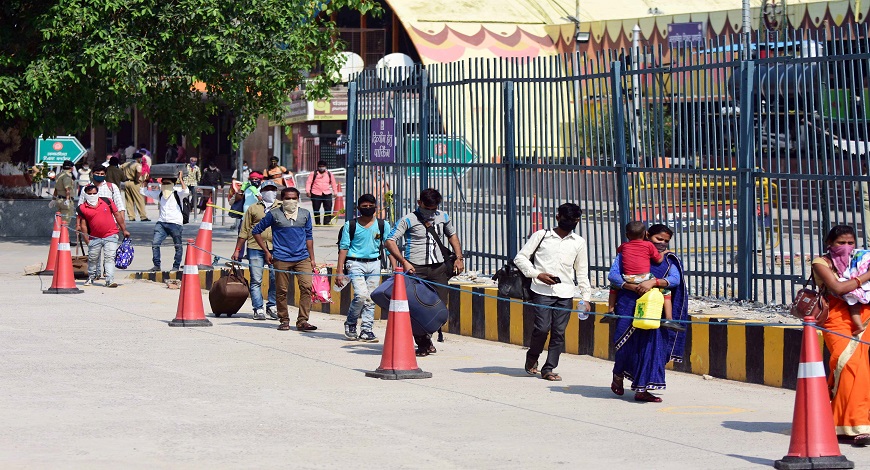
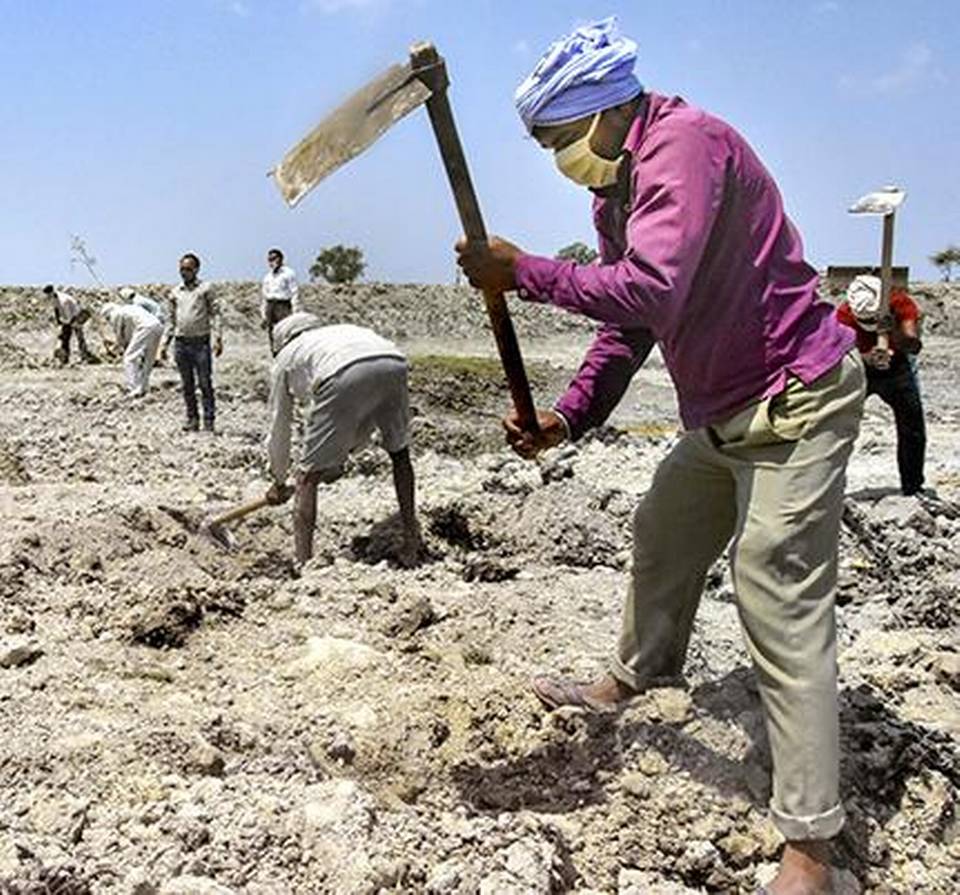
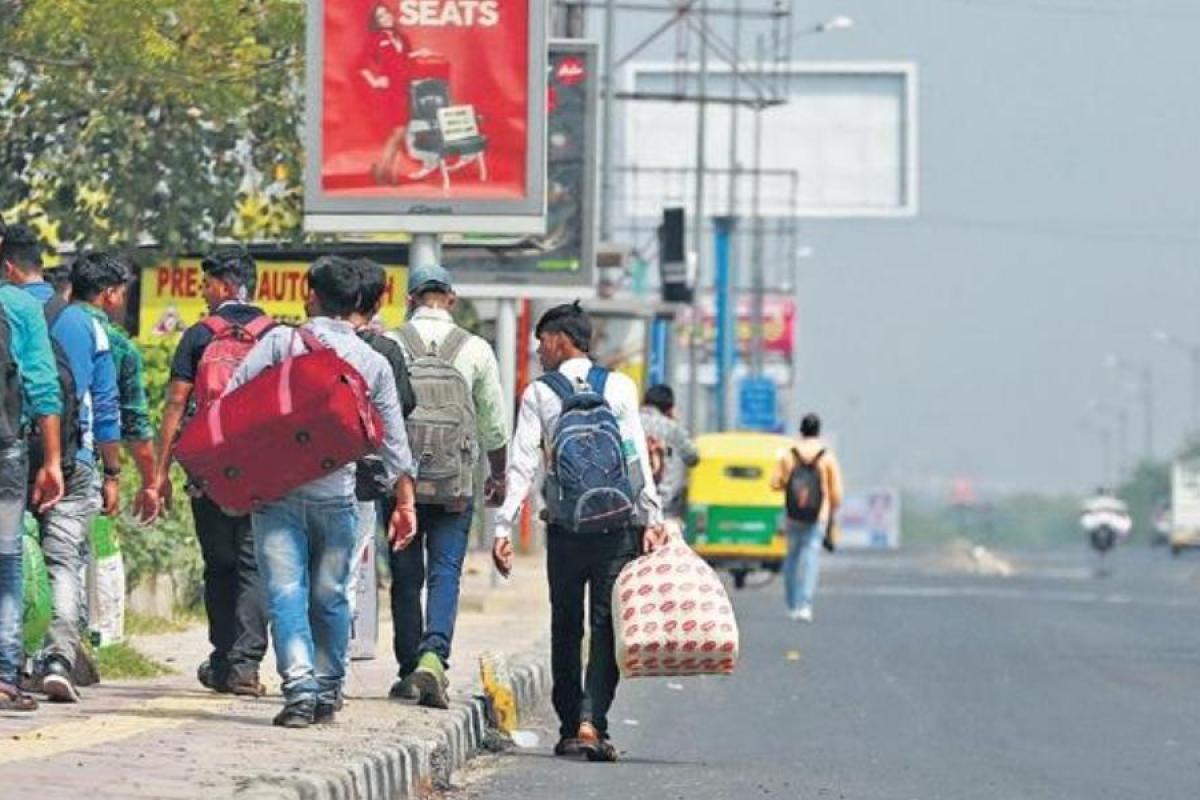
Subhankar Saha